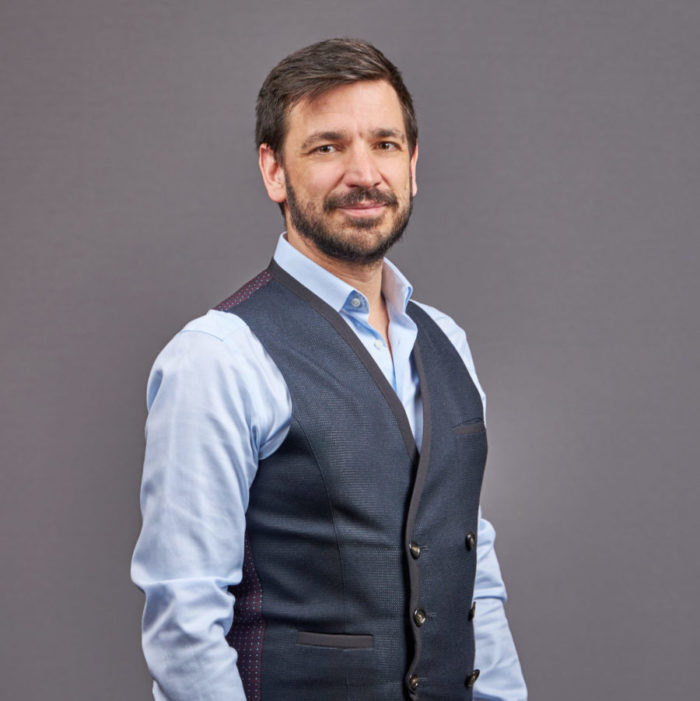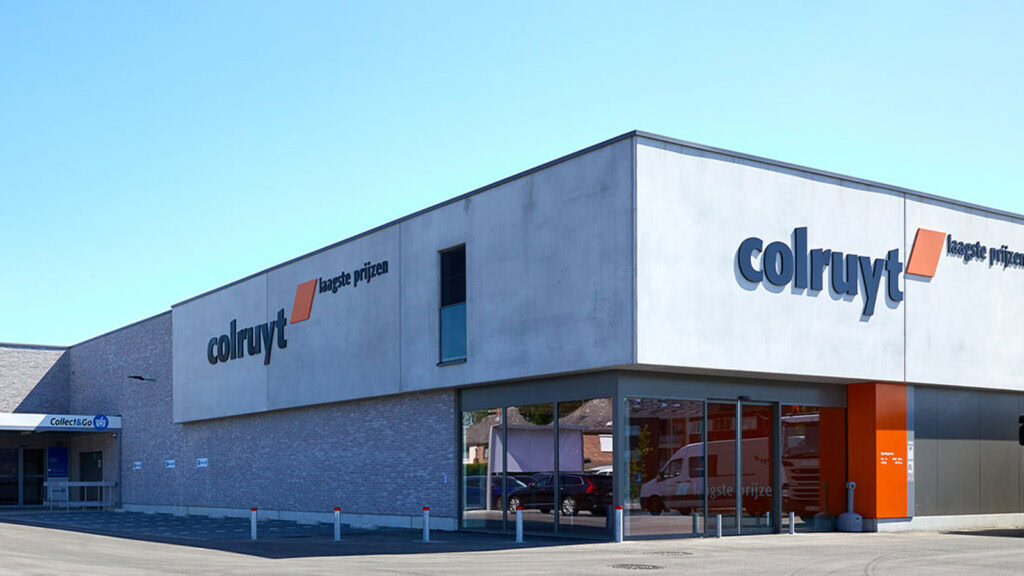“We were an IT pioneer for decades – our first infrastructure dates back to the 70s and we were one of the first to digitalise documents via scanning – but from the 90s onwards, the acceleration in our business went so fast that it has been difficult to keep up with all the developments. So we came to a point where we realised that we urgently needed to catch up.”
This quote from Jacques Van Santfort, Senior Application Architect at FMSB, nicely sums up how an organisation needs to stay permanently up-to-date on IT and how difficult that is. At the Federation of Socialist Mutualities Brabant – a health insurance fund with 650,000 members in Belgium – the turnaround came in 2010. “We had an external audit carried out that showed that we were lagging behind”, recounts Jacques Van Santfort. “The main conclusions were that we had to change from a hierarchical to a relational model and that our mainframe had to be hosted externally. After all, up to that point we had no full disaster recovery system.”
The start of a service-oriented architecture
A little later, Solita made its appearance. “Based on the audit, we created a roadmap between 2011 and 2013”, says Jacques Van Santfort. “It contained various transformation projects to modernise our applications. The main intention was to develop an application architecture. After all, until then there were a number of monoblocks that did not communicate with each other. Solita came on board to help us draw up an architecture for both the former and the then future situation.”
Specifically, this meant designing a service-oriented architecture in several layers, writing a bible to structure the process and reforming the IT department. “Solita focused initially on the strategic component”, Van Santfort echoes.
“It was all about translating theory into practice. We had to set up a reference architecture, work out concrete proposals, get them approved by the management and also get the internal IT team on board. Service-oriented architecture requires a different way of thinking. As an IT person, you have to start working transversally, cultivate a different mindset.”
Need for Enterprise Service Bus
Once the strategy was approved, it was time to start the development. The first step was to purchase an Enterprise Service Bus, which would enable the integration of systems from the outside world into the FMSB systems. “The IBM Integration Bus was our first choice and Solita was one of the key partners to get the system completely ready internally”, says Jacques Van Santfort. “This quickly proved to be a win-win partnership. Everyone had a clear role, our development went quickly and Solita always worked with a duo: a senior and a junior. The junior quickly learned and became a senior after a while, allowing the first senior to take on new challenges. This way of working was very fruitful for everyone.”
Given its individuality, there were some additional points of interest at FMSB. For example, Belgium and also the functioning of FMSB are bilingual. That meant that every piece of information, every page, had to be designed in both French and Dutch. “This was more complex on the mainframe than for the internet”, Van Santfort says.
GDPR as an additional complexity
In addition, data security is of enormous importance. That is, of course, the case in every organisation, but when it comes to health data, extra attention to privacy is in order. Moreover, in this area there was an important evolution with GDPR in 2018.
“We worked hard on this”, says Jacques Van Santfort. “Especially a system for logging the consultation of data was needed. This was also about integration. Solita came up with the ELK suite as a solution for logging data from different sources simultaneously. In order to react as fast as possible, it was important to internalise external knowledge.”
Joint integration journey over a decade
In some ten years, Solita has helped with a great many integration projects, from small to very large. From webshop to extranet, from digitising correspondence to integrating Brussels social security. It has become a real sparring partner for Jacques Van Santfort and his team. This is due to the performance of the consultants, but also to the way in which they do it. Nothing but praise for that either from Van Santfort.
“You feel that people like working there”, he says. “They are always willing to help and are very available. When things go wrong – and they always do, everywhere – they are quick to respond and find the reason. And they work well with other consultants, which I think is also an important aspect.”
Describing Solita in one word, however, is not easy. Van Santfort sticks to an acronym, speeed (indeed with three e’s): “Service, professionalism, engagement, effectiveness, expertise and availability.”
“During the pandemic, by the way, they were able to maintain their standards. That indicates that it is a well-rooted organisation”, concludes the Senior Application Architect.




